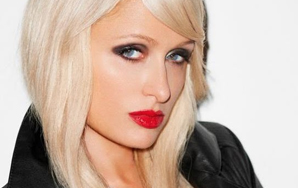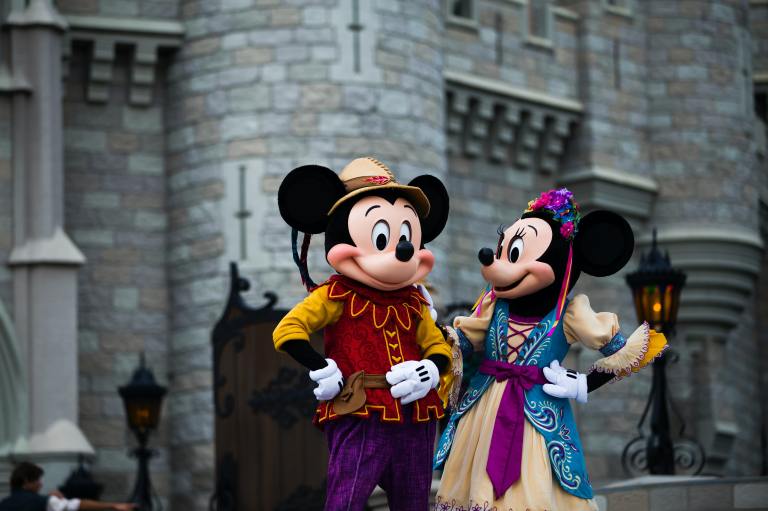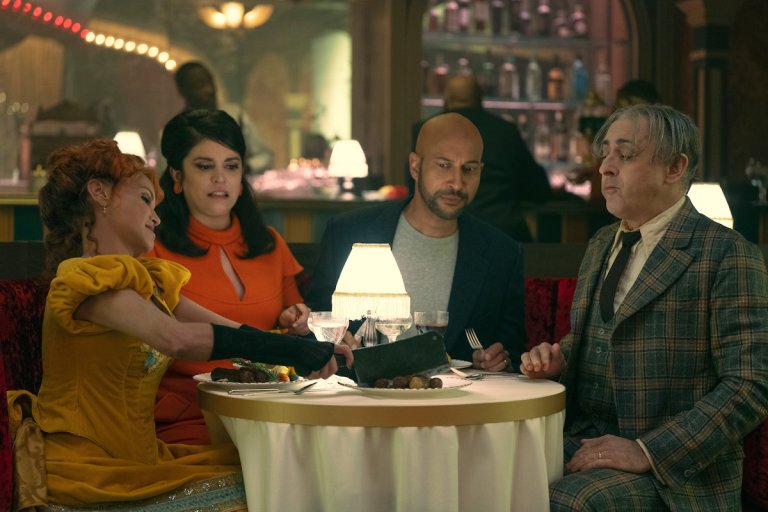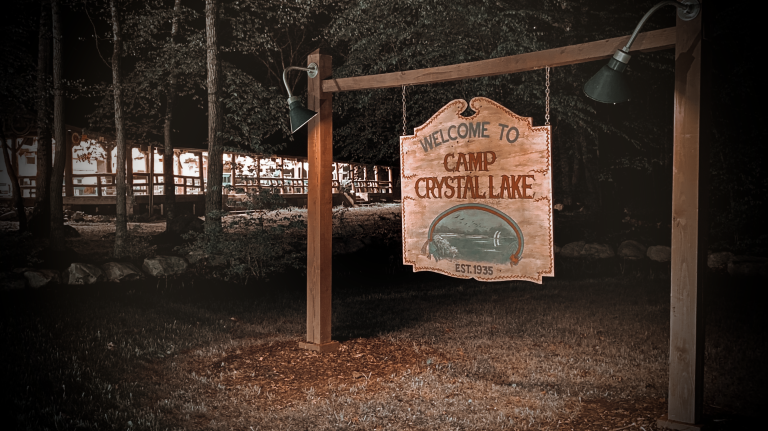Paris Hilton Nostalgia
Paris broke the rules sexually. She wore lingerie to clubs, she was romantically linked with everybody. She had a sex tape. They were taboos that were ready to be broken.



For the past two weeks, I’ve had a Google Alert for Paris Hilton. It tells me Paris is staging a comeback for 2013. She was just profiled as a ‘savvy businesswoman’ in Marie Claire Spain. She was on a Danish TV show. She-went-somewhere-and-wore-something maybe?
The Bittersweet Circumstance of Being Paris Hilton: Paris wants a comeback but as a culture we don’t want her. Anymore.
“I’ve got a theory about Paris, about where her career went wrong,” says Vanessa Grigoriadis, who, in 2003 wrote a profile of Paris for Rolling Stone that included partying with the heiress until 6 AM and having their purses stolen at a Limp Bizkit after-after-party.
Vanessa says Paris was cool. She was darkly funny with a raw sort of affect. A little cutting but a good time. She was tomboyish. When they went out she wore jeans and a T-shirt. Among friends, she was not particularly feminine.
“Basically, I have a theory that she has a bizarre relationship with her mother, who wants her to be Princess Paris with the dog and the bow in her hair,” says Vanessa on her cell phone in a cab. “I think Paris wants to be naughty and she wants her mom to notice. Then she wants to be forgiven.” Vanessa says the way Princess Paris (™) conducts herself in interviews is nothing like the Paris she met. Which was just before the sex tape, just before the super fame. The way Vanessa sees it, Paris created a ‘pure- girly’ persona that has nothing to do with the real Paris. But if Paris had been vulnerable, had been herself — a gawky, dark girl who liked to dance and smoke weed — she would still be a huge star.
It was generally accepted that there were two camps on Paris Hilton, during her cultural relevancy. 1) You believed Paris was a campy sort-of-fun cultural icon. In an era of glittery Princess themed bumper stickers, she was our Diana. In comic sans. 2) You believed Paris was the downfall of civilization.
I was of the former, and I want to think I was right. Yes, it is wrong that the culture elevates only the rich, white and privileged to the highest pinnacle of “It.” But Paris, as a cultural icon, had an alluring nihilistic quality. The world was Paris’ oyster and she emerged from it, extensions flowing gif-like, seemingly in control of her fame. Paris used her privilege to be famous and have fun. The moment she occupied was about not taking yourself so seriously. About taking nothing so seriously. And something about all of that felt comforting.
_____ _____
_____
What is an It Girl and How can you be one? An It Girl epitomizes the moment, the very second… but it isn’t accidental. It Girls need to be rich (probably with famous parents); they should be fashionable and probably they will fulfill a typical hetero male fantasy. They need to fit many expectations of What Women Should Be. But the best It Girls also break those rules, a little.

Paris broke the rules sexually. She wore lingerie to clubs, she was romantically linked with everybody. She had a sex tape. They were taboos that were ready to be broken. It was an era of boldly entering the word “Slut” into a glitter-y text generator. An era when Paris might wear “Slut” on a baby tee made by a designer with “couture” in their brand name and only a peripheral idea of Kathleen Hanna scrawling the word on her belly. It was an era of Sex Positive feminism. When brands co-opted this vision of independence. Do-me-feminism. Lipstick-vibrators. Paris was the result.
The moment Paris typified was about sex. “It was like this weird mélange of technology and sex and society. It was like a Tom Wolfian peek into the upper class, right into their sex life. And it touched on all these fears people had about technology and invasion of privacy,” says Vanessa. Paris was a mermaid in a petri dish of Napster, Internet Porn, cybering.
_____

_____
I am at a crowded bar in Williamsburg with Paige, who remembers when Paris was a local socialite, a teenage fixture on Page Six. All elbows, tiny dresses, tiaras. Common rumor mill knowledge says Paris bounced from school-to-school. She dropped out (or was home-schooled) and got a GED. That of all the famous New York private school girls, Paris partied the hardest, was the most experimental. (Another friend who briefly went to the same school as Paris recalls her getting kicked out for drinking during a pep rally.)
“And then all of the sudden she was in Vanity Fair,” says Paige. In 2000 Paris was photographed in the magazine. Bra-less, flipping off the camera and wearing a rhinestone choker that read R-I-C-H. It Girls (as well as many actors, artists and successful creatives) “make it” because of privilege, of being R-I-C-H in sparkly text, but this information is usually tucked away into “Early Life” sections of Wiki pages. Paris put it all out there, in the twelve pieces of Louis Vuitton luggage that trailed her at the airport.
“I think what it takes to be an It Girl has changed,” Paige is saying. “Like you read in Elle about young women who start businesses… but it doesn’t matter that it is with daddy’s money. It Girls now have to work, they have to go out there, and do it on their own!” The American Dream… even if it is an illusion. Paige takes a sip of beer. “Is Lena Dunham an It Girl?” she asks.
It doesn’t seem fair to call Lena Dunham an It Girl. Lena is an artist who is doing interesting things. But Lena is an It Girl. And the It Girl of this moment is The Artist. The It Girl in the moment of Tumblr and xoJane comment sections. An It Girl in the era of Occupy Wall Street. Lena accepts the Golden Globe, looking like a girl you follow on the internet. This is what the It Girl does: She makes you believe that you *could* have her life. Her fame. Even when you know its false.
We thought we could be Paris too. Trendy parties with electro DJs in New York and LA, Chicago and Baltimore hired party photographers, the way elite New York galas and benefits did. You got your picture taken and there was the feeling that you too could become famous for partying, for being yourself. For showing up. (The same impulse showed in personal blogging and reality television.)
_____

_____
Julian is 26, bearded, flannel-clad, gay and went to Paris’ high school. Or, rather a brother school of Paris’. But Paris is 32 (which on her sounds somehow both old and young) and so by the time Julian was there all that was left of Paris were nebulous rumors.
Closer to Julian’s age was Lady Gaga and he shows me a Facebook photo of Gaga in a beaded prom dress, tan and smiling. “This is what pisses me off about Gaga, she was never the outcast she claims to be. She was a typical New York debutante. But as you can see she was a fag hag, not lying about that,” Julian motions to twin Ken dolls in bow-ties and cumberbunds next to her.
Isn’t it interesting that Paris is a gay icon? “I mean if you look at the classic idea of what makes a gay icon, which I don’t agree with, it’s the total inability to organize one’s life. Apparently gay men identify with Judy Garland because of her self destruction.” Is it a stretch to suggest that Paris is a contemporary gay icon because she was so “out”? For openly doing thangs debutantes don’t do? It’s the mix of high society and lowbrow culture that makes Paris a gay icon, says Julian. “She sort of comes from real money. There is the Hilton name but then her mom was an actress and not a famous one. There is this air of LA trashy-ness.” Paris is Cher Horowitz in a Gregg Araki film. A Lisa Frank illustration of Lolita.
But Paris’ early aesthetic (the pink dresses, the tiaras, Weetzie Bat on MDMA) seems lifted from the queer community. In 2001, in New York City electroclash was the scene. And the scene was queer. Larry Tee, Fischerspooner, Tiga, Avenue D, Miss Kittin, Lesbians on Ecstasy, Peaches, Cherry Bikini. They had vaguely queer members/lyrics. Electroclash was raunchy and sexual, which felt empowering. It was a moment of glamor, of irony. It seems unlikely that Paris knows much about electroclash (although she is DJing now) but surely, going out in New York she must have found herself on a dance floor, balancing a bump of cocaine on a key, and mouthing: To be famous seems so nice/Suck my dick, lick my ass/ In limousines we have sex/ Every night with my famous friends.

Before there was Paris there was Edie. And Edie Sedgwick was Alt-y. Andy Warhol made Edie famous and she vibed on that whole scene of artists and amphetamines and gay porn. Edie chose cooler people to surround herself with, but she and Paris were both famous-for-partying. What happened in the mid sixties and the early 00s that made this so timely, so of the moment?
“I actually talked about Paris in two college interviews,” Julian says. In an interview for Bard he talked about Paris’ fame as a direct link to Warhol. “My interviewer pointedly brought up Paris’ sex tape, which I admitted to seeing.” The next time it was Wesleyan and Julian compared Paris to Daisy Buchanan from The Great Gatsby. “I immediately regretted bringing up what felt like a really gauche and unprofessional topic and yet… somehow couldn’t stop myself.”
Which is sort of how Paris’ fame felt in general. Like we couldn’t help ourselves. Like we couldn’t stop even when we wanted to. My Paris-flashback started after coming across the Tumblr, Paris Exposed which has the same content (and name) as the now defunct Paris Exposed dot com, which charged members for access to personal documents and photos recovered from Paris Hilton’s storage unit.

I found the Tumblr while hungover on my couch on New Years Day. As I scrolled through Paris’ nude selfies, photos with Tara Reid taken on disposable cameras, letters about her virginity loss at age 14, notes-to-self about quitting bulimia… I couldn’t stop until I reached the bottom. Whatever it was that Paris had originally captured, I was nostalgic for it. Feeling somehow validated, freer or better about my own life by being able to sift through Paris’. ![]()




